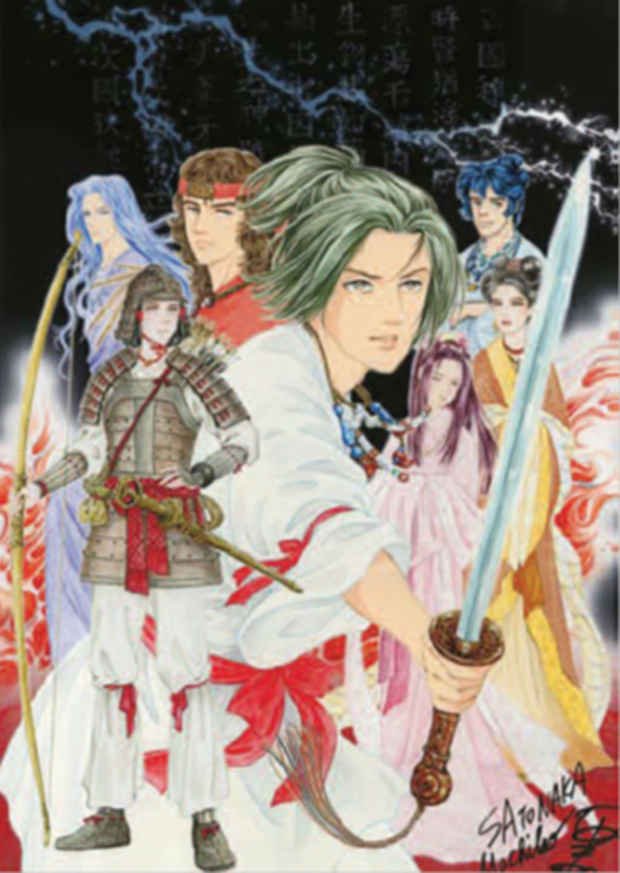“World of Shōjo Manga: Mirrors of Girls’ Desires” Exhibition
Baruch College/Sidney Mishkin Gallery

[Image: Machiko Satonaka "Kojiki" (Record of Ancient Matters) (2013)]
This event has ended.
Baruch College presents the exhibition World of Shōjo Manga: Mirrors of Girls’ Desires at the Mishkin Gallery.
Japanese manga (graphic novels or comics) have assumed an increasingly important role not only in Japanese pop culture, but also on the worldwide stage in the twenty-first century. This exhibition of shōjo (girls’) manga is the first to focus on this unique genre. The show also highlights the specific phenomenon of women’s changing roles and expectations in Japan, thus facilitating a significant discussion of gender in manga and in Japanese culture as a whole.
Modern manga developed in Japan during the Occupation and the post-Occupation years (from 1945 to the early 1960s) as entertainment for children. It is comprised of themes ranging from historical drama, comedy, fantasy, science fiction, mystery, and horror. Japanese manga has split into boys’ (shōnen) and girls’ (shōjo) manga, each developing in its own way, with its own specific themes. Regardless of the subject, the main theme in boys’ manga is competitive fighting. It shows how the boy-heroes become men by protecting women, family, country, or the earth from enemies.
Shōjo, or girls’, manga, on the other hand, contends that the most important goal for girls is to find love through the process of overcoming obstacles. Over time, the topics in shōjo manga have changed and diversified in response to girls’ expectations in the years since World War II. They now reflect a broad range of female desires and concerns for individual identity.
Manga uses a complex visual grammar that has developed in response to the increasing number of mature adult readers who expect sophisticated plots and character development. The depiction of three elements: pictures, words, and panels, changes according to the characters’ emotions, interior psychological states, external voices or silent thoughts. The variations in use of the pictures, words, and panels also reveal shifts in time between the past, present, and future.
The exhibition features 12 artists and includes 59 drawings, watercolors, and reprinted illustrations, as well as shōjo manga books and magazines. Dr. Masami Toku, curator of the show, has selected artists who represent the three periods in the development of shōjo manga: the dawn of shōjo manga around World War II; the diversification of shōjo manga in the 1970s; and a new direction in the 21st century as shōjo manga incorporates the influences of the global comic market.
Symposium: Globalized Manga Culture and Fandom: Thursday, February 19, 12:40 to 2:20 p.m. Vertical Campus, 55 Lexington Ave., 5th floor, Room 165. Speakers: Dr. Masami Toku, Professor at California State University, Chico; Dr. Kathryn Hemmann, Assistant Professor at George Mason University, Fairfax, VA; and Mr. Ed Chavez, Marketing Director at Vertical, Inc. The symposium is sponsored by the Japan Foundation, New York.
Media
Schedule
from February 04, 2015 to February 27, 2015
Opening Reception on 2015-02-03 from 18:00 to 20:00